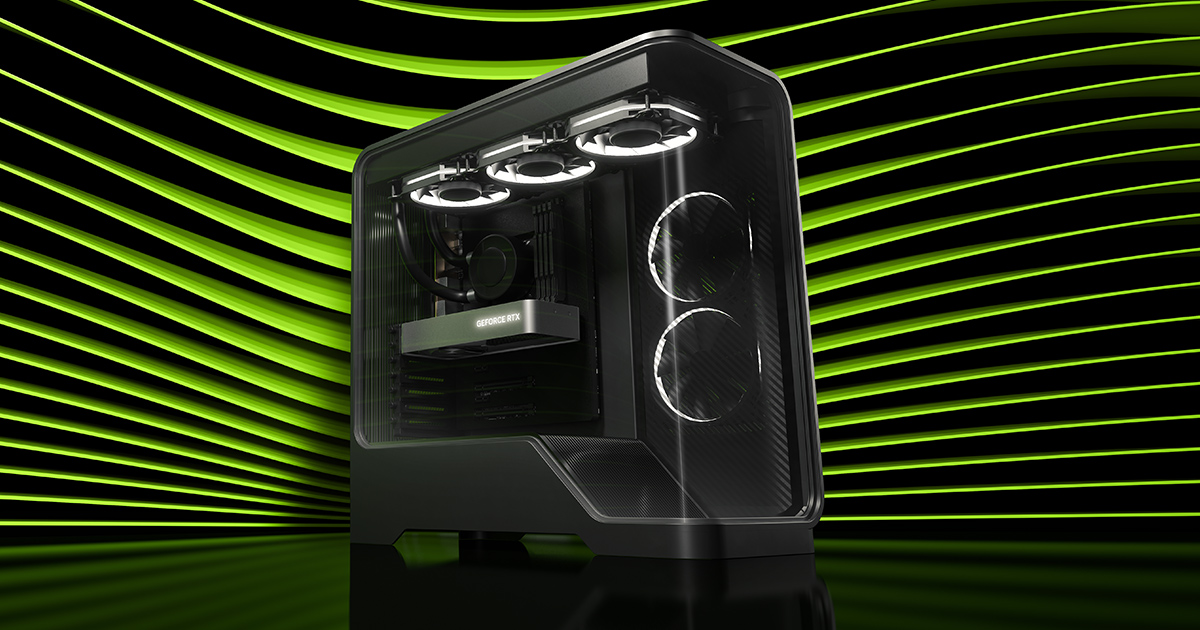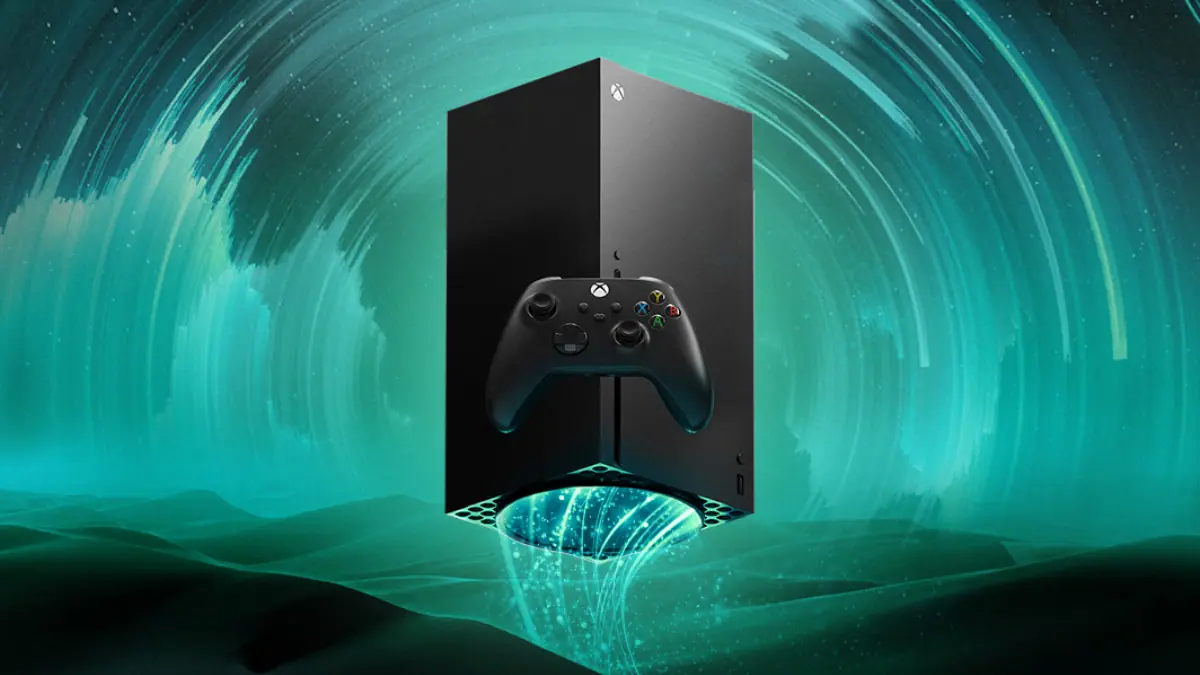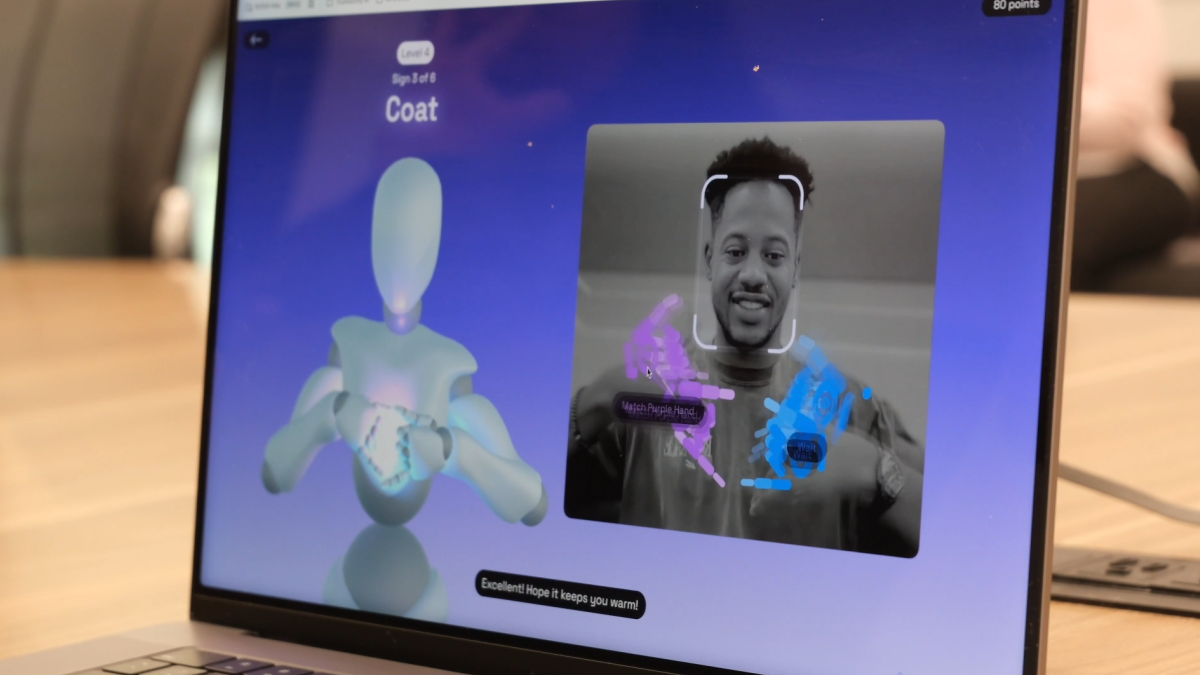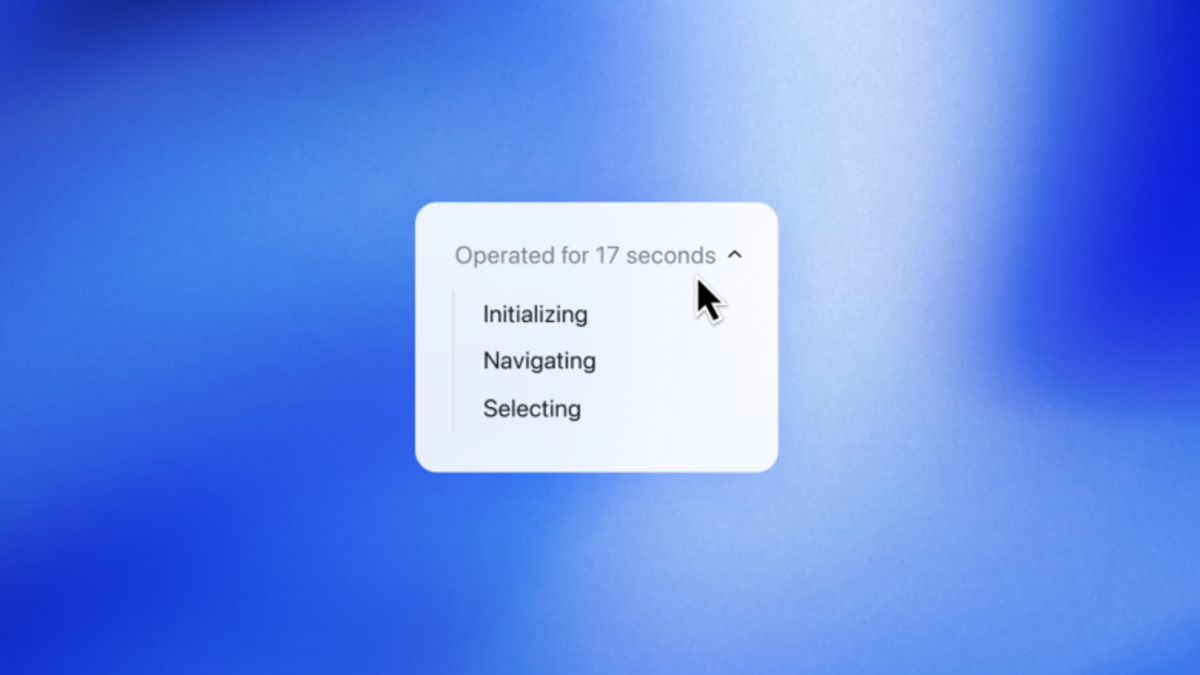Tesla's new patent updates 1940s car wiring technology to the 21st century
2 min. read
Published on
Read our disclosure page to find out how can you help MSPoweruser sustain the editorial team Read more

Many say Tesla’s electric car lead is due to the massive investment in their giant battery factories, but we have seen plenty of proof that the company has also built up a large amount of expertise with optimising the efficiency and production of their electric vehicles; such that many analysts say they are between 3-5 years ahead of any potential competition.
We have seen in earlier patents how Tesla has optimised the wiring of their car for automated production, and now in a new patent, we will have also see how Tesla plans to make their vehicles resilient and durable.
Tesla eventually plans to have fully self-driving cars roaming the streets, but when these 2-tonne vehicles suffer a hardware fault with no driver to mitigate the issue, this can have severe consequences. Tesla, therefore, has to design the nervous system of their car with redundancy built-in, allowing the device to gracefully manage any hardware failures.
A few days ago, the WIPO published a Tesla patent titled “High-Speed Wiring System Architecture”, which outlines a new, safer wiring system.

In this patent, Tesla addresses the issue of a wiring fault developing in the wiring harness of the car. One way to manage this issue would be to add extra redundant wiring; but Tesla argues that this only increases the potential fault surface, with extra connectors and wires that can develop their own issues.
Instead of adding extra wires and connectors, Tesla has arranged its communication wiring into a bi-directional loop network. This means that if there’s an interruption in the signal in one direction, the controller can merely change the direction of communication and still reach downstream components in the other direction.
In embodiments, when backbone is formed using a bi-directional cable, such as the one disclosed in U.S. Provisional Application No. 62/614,110, then the wiring-system architecture can tolerate one fault in the backbone while still maintaining communication pathways for all hubs and devices
As usual with Tesla’s innovations, the solution is not only better but also cheaper and easier to install.
The patent is part of a collection of other patents, all directed at making Tesla’s self-driving cars safe enough to be allowed by regulators to live up to the ultimate promise of dramatically cutting the number of people killed on the road.
The full patent can be seen here.
Source: teslarati









User forum
0 messages